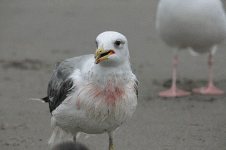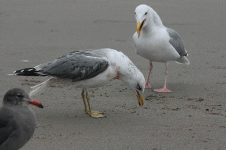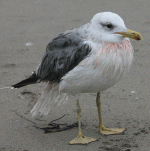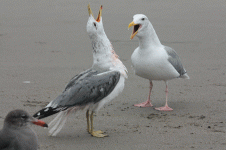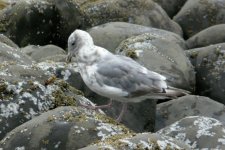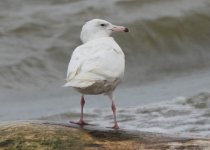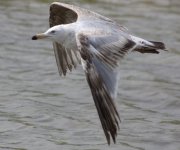colleenc
Well-known member
Yesterday I saw this California gull with the group I was drawing, it was completely waterlogged except for the top of the back and head. It did not seem to be greatly injured, walked fine, and was alert and active. last shot is with a Western Gull....John aren't you proud of me, I'm learning, thanks to your prompting:t:
What could have caused this, I only see gulls on the beach, and have not really done deep observation of their ways except in this one spot. So any ideas?
thanks
What could have caused this, I only see gulls on the beach, and have not really done deep observation of their ways except in this one spot. So any ideas?
thanks
Attachments
Last edited:




